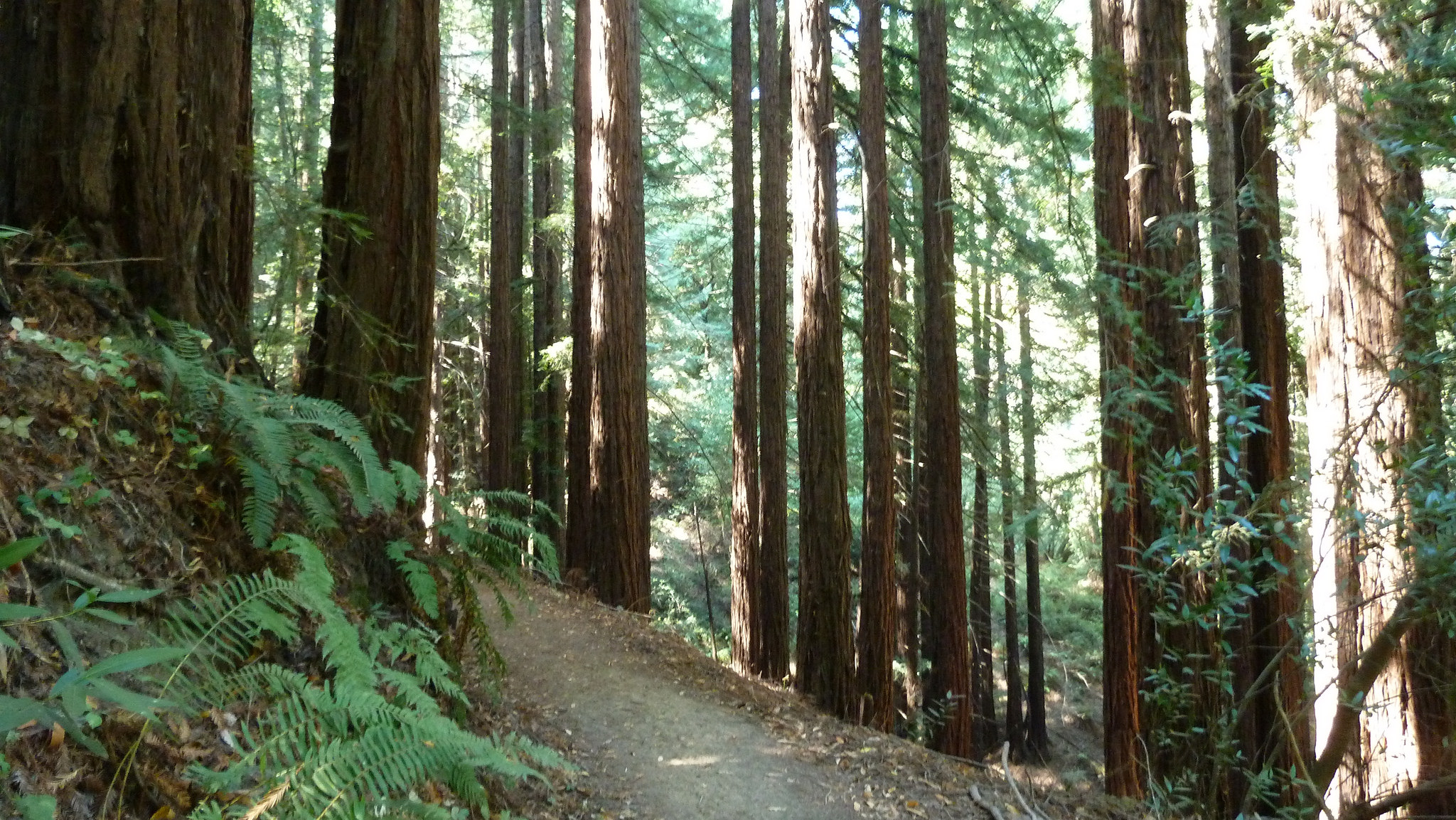Are you looking for some science-related activities this summer? Why not help scientists with real research and have fun doing it? Citizen science is a fast-growing movement where members of the general public contribute to scientific research. Here’s a list of some fun citizen science projects in the Bay Area that you can get involved with. Check out resources from PBS LearningMedia to learn more about the science behind the projects!
Citizen Science at the California Academy of Sciences

Right inside Golden Gate Park is the California Academy of Sciences, which offers multiple citizen science opportunities. For example, you could help the Academy and the Marin Municipal Water District survey the Mt. Tamalpais watershed to document and collect every known plant species in the area. Or, you can head to Pillar Point and join the Gulf of the Farallones National Marine Sanctuary in documenting the area’s biodiversity. You can even do citizen science in your own backyard if you live in San Francisco to help document the diversity of plants and animals in the city. Learn more about the programs and how to join them here.
PBS LearningMedia Resource
Journey to the Farallones
In this video from KQED QUEST, find out how unexpected, recent climate change is affecting life on and around the Farallon Islands. The Farallon Islands aren’t just a unique habitat, they’re also a bellwether for climate change.
Citizen Science at the U.S. Fish and Wildlife Service

The U.S. Fish and Wildlife Service has amazing opportunities for citizen scientists in the Bay Area. At the Don Edwards San Francisco Bay National Wildlife Refuge in Fremont, scientists are observing and documenting how climate change is affecting plants in the area. In order to fully understand this effect, the plants need to be monitored throughout the year. The timing of when plants flower and form fruit has direct consequences for migrating wildlife. The Refuge also monitors birds and has plans to restore the upland areas along the Marsh View Trail at the Environmental Educational Center in Alviso. They want citizen scientists to help them figure out which species of birds are using the habitat. For more information and to get involved in these projects you can visit their website.

